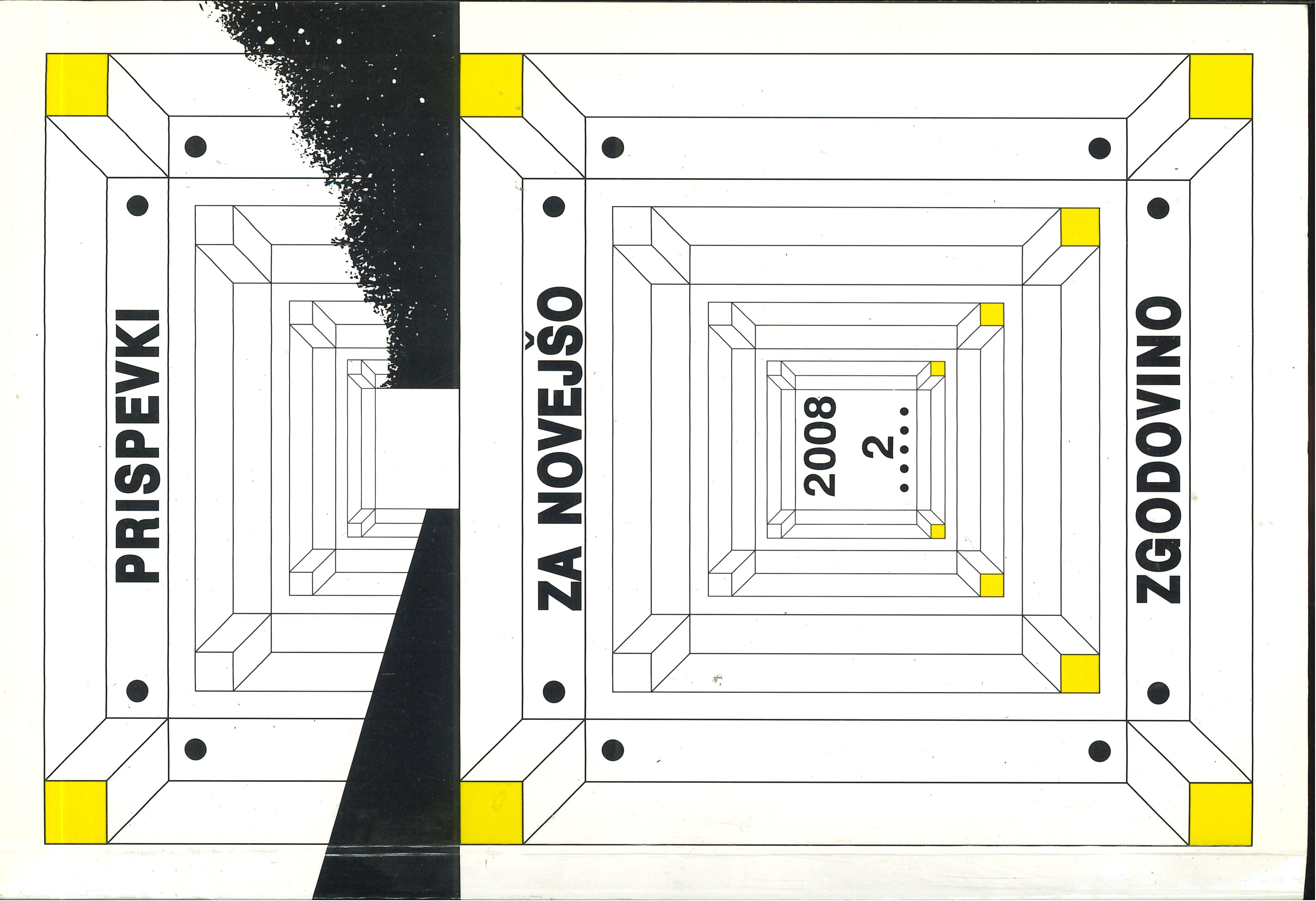Nemško utrjevanje na Spodnjem Štajerskem proti koncu druge svetovne vojne
Ključne besede:
Slovenija, Štajerska, druga svetovna vojna, okupacija, nemški okupator, obramba, utrjevanje, umik nemške vojskePovzetek
Avtor na podlagi literature ter arhivskih virov v Arhivu Republike Slovenije in več muzejev obravnava nemško utrjevanje na Spodnjem Štajerskem proti koncu 2. svetovne vojne. V obravnavo je vključil izsledke obsežnega terenskega dela in spominsko gradivo. Nemci na Spodnjem Štajerskem so že v drugem letu vojne živeli v strahu pred partizani. Strah pred njimi je bil večji v tistih delih pokrajine, kjer je bilo osvobodilno gibanje razvito močneje. Začeli so utrjevati svoje postojanke. Nemške oblasti so jeseni 1944 pred prodirajočo jugoslovansko vojsko ob jugovzhodni meji nemškega rajha začele graditi utrjeno obrambno črto. V zaledju utrjene obrambne črte so opravljali utrjevalna dela lokalnega pomena za zavarovanje železniških prog in pomembnih postojank. Utrjevalna dela na Spodnjem Štajerskem je vodila Štajerska domovinska zveza. Fizična dela so opravljali prebivalci Spodnje Štajerske, nekaj so jih pripeljali iz Avstrije in celo iz Sovjetske zveze; precej je bilo tujih vojnih ujetnikov. Kljub velikim vložkom zgrajene utrdbe nemški vojski na koncu niso nič koristile, ker se ni branila na omenjeni utrjeni obrambni črti, ampak se je umikala proti Avstriji.
Prenosi
Objavljeno
Številka
Rubrika
Licenca
Avtorji prispevkov, objavljenih v tej reviji, soglašajo z naslednjimi pogoji glede avtorskih pravic:
- Avtorji ohranijo avtorske pravice, reviji pa odobrijo pravico do prve objave. Delo se hkrati zaščiti z licenco za prosto uporabo avtorskih del (Creative Commons Attribution License), ki drugim osebam omogoča deljenje dela ob priznanju avtorstva in prve objave v tej reviji.
- Avtorji lahko sklenejo ločene dodatne pogodbene dogovore za neizključno distribucijo različice dela, objavljene v reviji, (npr. oddaja v institucionalni repozitorij ali objava v knjigi) z navedbo, da je bilo delo prvič objavljeno v tej reviji.
- Pred postopkom pošiljanja in med njim lahko avtorji delo objavijo v spletu (npr. v institucionalnih repozitorijih ali na svoji spletnih strani), k čemer jih tudi spodbujamo, saj lahko to prispeva k plodnim izmenjavam ter hitrejšemu in obsežnejšemu navajanju objavljenega dela (glej The Effect of Open Access).


